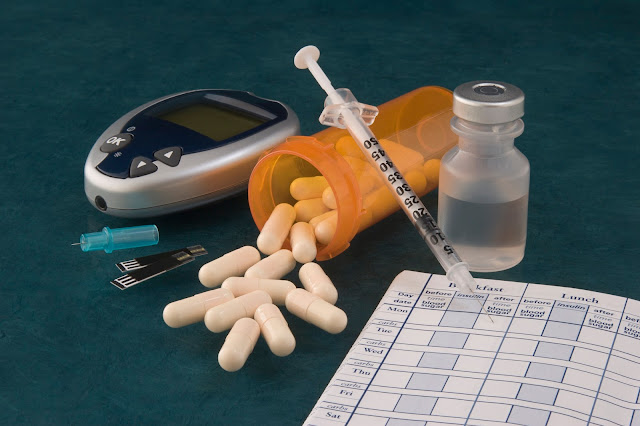The Global Pharmaceutical Logistics Market is experiencing growth by focused investments in cold chain infrastructure
The global pharmaceutical logistics market offers a wide
range of transportation and warehousing services across various product
categories such as pharmaceutical drugs, medical devices, clinical trial
materials, and others. These products require strict temperature control and
handling to maintain efficacy and safety throughout the supply chain. Key
services provided include temperature-controlled transportation utilizing
reefers or passive containers, cold and freezer warehousing, packaging support,
radio frequency identification applications for real-time tracking, inventory
control, and returns management. Regulatory compliance, serialization support,
and storage of controlled substances are other critical aspects addressed by
logistics providers.
The Global Pharmaceutical Logistics
Market is estimated to be valued at US$ 99.7 billion in 2024 and is expected to
exhibit a CAGR of 9.1% over the forecast period 2024 to 2031.
Stringent regulations pertaining to temperature control and quality for pharmaceuticals have compelled manufacturers to outsource logistics functions to specialized vendors having robust cold chain infrastructures and monitoring capabilities. This has augmented the market growth over the years.
Key Takeaways
Key players operating in The Global Pharmaceutical Logistics Market are Maersk, United Parcel Service of America, Inc., AWL India Private Limited, DHL Group, Kuehne+Nagel, DB Schenker, CEVA Logistics, SLB Performance, YUSEN LOGISTICS CO., LTD., NextPharma Logistics GmbH, Skandi, Movianto, Continental Carriers, Varuna Group, Sugamgroup, V-Xpress, Avvashya CCI Logistics Private Limited, Agility and Cencora, Inc.
The growth in the pharmaceutical industry and rising demand for healthcare products across the globe is fueling the pharmaceutical logistics market. Pharmaceutical logistics companies are experiencing heavy demand for their temperature controlled storage and transportation services.
Globalization of pharmaceutical supply chains has further expanded opportunities for international logistics providers. Market leaders are making focused investments and strategic partnerships or acquisitions to strengthen their multinational networks and cater to the growing cross-border trade of drugs and biologics.
Market Key Trends
Investments in digital logistics technology by major players is one of the key trends being witnessed in the global pharmaceutical logistics market. Advanced solutions for real-time cargo monitoring, predictive analytics, blockchain integrated platforms are being increasingly adopted. This enables logistics providers to handle complex inventories, optimize operational costs and improve delivery reliability and tracking visibility essential for pharmaceutical supply chains.
Porters five
forces Analysis
Threat of new entrants: The pharmaceutical logistics industry requires large
capital investments in transportation infrastructure and storage facilities.
Regulatory compliances also make it difficult for new companies to enter this
market.
Bargaining power of buyers: Pharmaceutical companies have significant
bargaining power as logistics is a sizeable cost for them. They can negotiate
on pricing and service quality.
Bargaining power of suppliers: Third party logistics providers have significant
bargaining power due to their specialized knowledge and infrastructure.
Switching costs for clients are also high.
Threat of new substitutes: There exists a moderate threat from alternative
modes of transportation like air freight for time-critical shipments.
Competitive rivalry: The global pharmaceutical logistics market is highly
fragmented with the presence of numerous international and domestic players.
Geographical Regions
North America accounts for the major share in the global pharmaceutical
logistics market in terms of value due to high healthcare spending and early
adoption of new drugs. The presence of several pharmaceutical manufacturers and
distributors further drives the market in the region.
The Asia Pacific region is expected to grow at the fastest rate during the
forecast period. Rapid economic development, increasing demand for
pharmaceutical products, and expanding healthcare infrastructure are fueling
market growth in emerging countries of Asia Pacific. China and India have
emerged as major production and consumption markets for pharmaceuticals.




Comments
Post a Comment